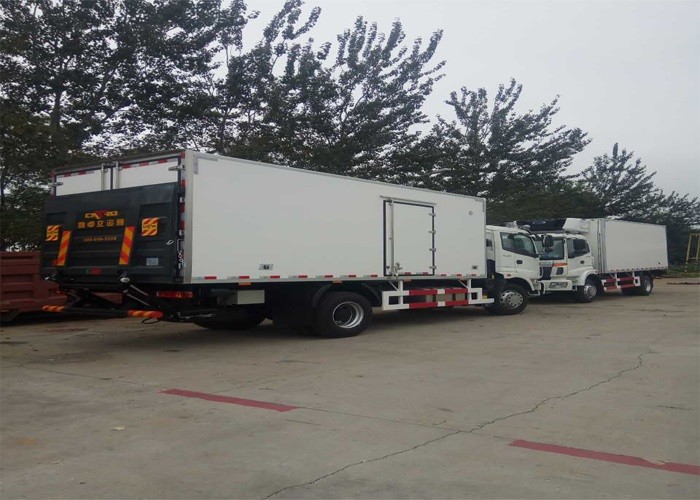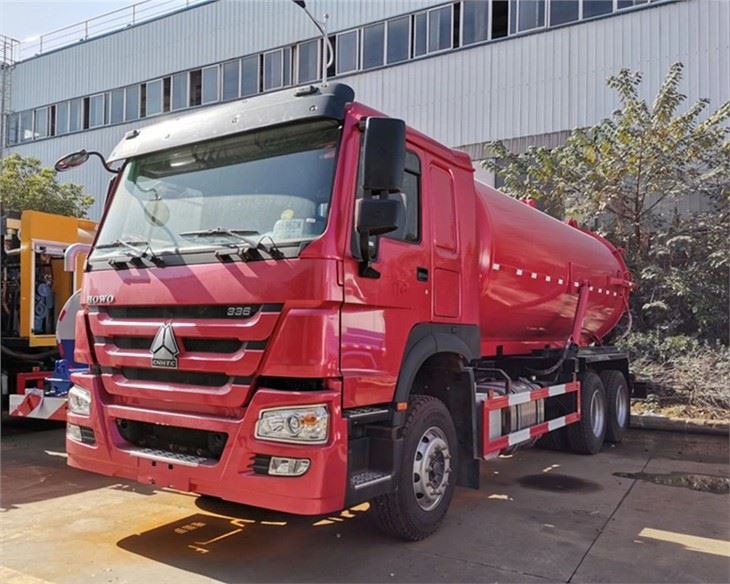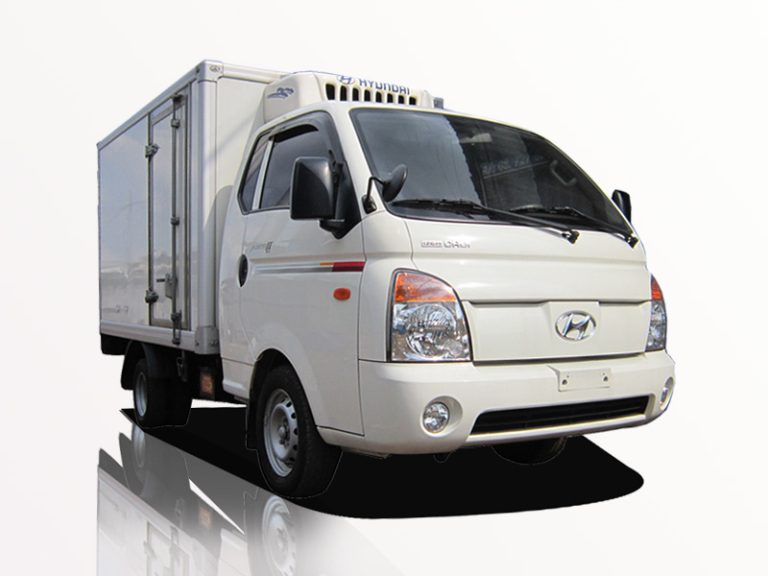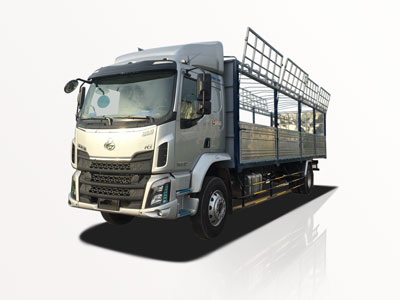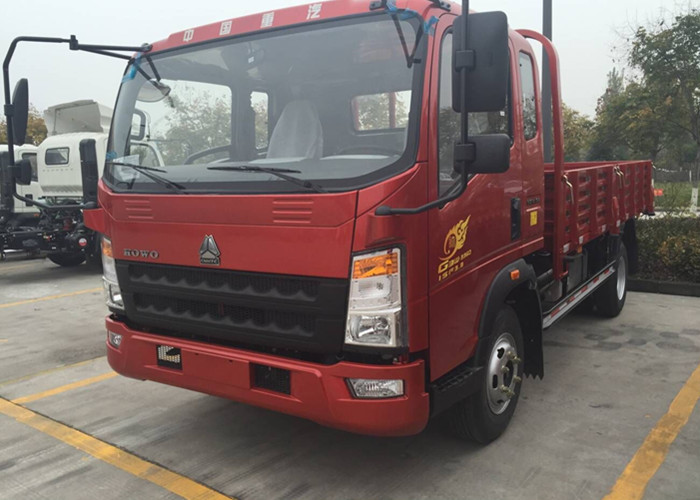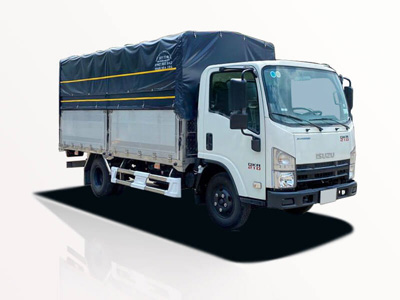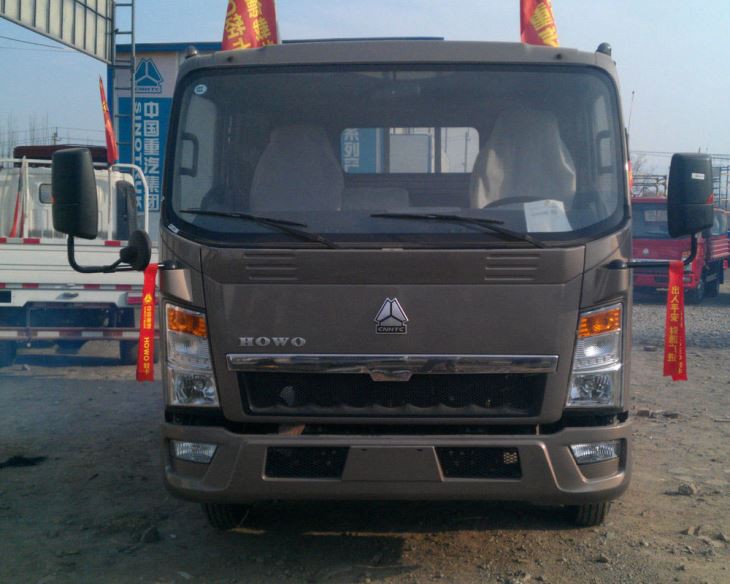When it comes to waste disposal, efficiency is key. One tool that has gained popularity in both households and commercial settings is the trash can tipper. This article delves into what a trash can tipper is, its benefits, types, installation, maintenance, and more. By the end, you will have a comprehensive understanding of this innovative device and how it can simplify waste management.
What is a Trash Can Tipper?
A trash can tipper is a mechanical device designed to assist in the tipping and emptying of waste containers or bins. It typically consists of a framework that holds the trash can in place while a mechanism pivots or tilts the can to pour out its contents into a larger waste receptacle or into a compactor. This device is designed to minimize manual labor, enhance safety, and increase efficiency in waste handling.
Why Use a Trash Can Tipper?
1. Enhanced Safety
Handling heavy trash cans can lead to injuries, especially back injuries or strains. A trash can tipper alleviates the physical strain associated with lifting and dumping waste, making it a safer alternative.
2. Improved Efficiency
Trash can tippers speed up the waste disposal process, allowing for quicker collection and disposal. This is particularly beneficial in high-traffic areas like restaurants, schools, and warehouses.
3. Reduced Labor Costs
By automating the process of emptying trash cans, businesses can reduce the number of employees needed for waste management tasks, ultimately leading to cost savings.
4. Better Waste Management
With a trash can tipper, the process of separating recyclables from regular waste can be streamlined, improving the overall waste management system.
Types of Trash Can Tippers
1. Manual Trash Can Tippers
Manual trash can tippers require operator input to tilt the trash can. They are usually more affordable but may not be suitable for high-volume waste disposal needs.
2. Electric Trash Can Tippers
Electric trash can tippers are powered by a motor, allowing for effortless dumping with the push of a button. They are ideal for commercial settings where efficiency is crucial but tend to be more expensive.
3. Hydraulic Trash Can Tippers
Hydraulic tippers use hydraulic fluid to operate, providing significant power for lifting and tilting heavier waste containers. These are common in industrial applications.
4. Adjustable Trash Can Tippers
Some tippers come with adjustable features to accommodate different sizes and types of trash cans, offering versatility for various settings.
Components of a Trash Can Tipper
| Component | Description |
|---|---|
| Frame | The structure that holds the trash can in place during operation. |
| Pivot Arm | The component that tilts the trash can for emptying. |
| Motor (Electric Models) | Powers the tipping action in electric models. |
| Hydraulic System | Utilized in hydraulic models to provide lifting power. |
| Control Panel | Features buttons or switches to operate the tipping mechanism. |
How to Choose the Right Trash Can Tipper
1. Assess Your Needs
Understand the volume of waste you handle daily. High-traffic areas may require more robust, electric or hydraulic models.
2. Consider Space Constraints
Evaluate the space available for installation. Some models may be bulkier and require more room for operation.
3. Budget
Set a clear budget for the purchase. Manual tippers are more affordable, while electric and hydraulic models will have a higher upfront cost.
4. Durability
Choose a model made from high-quality materials to withstand frequent use, particularly in commercial settings.
Installation of a Trash Can Tipper
1. Pre-Installation Considerations
Before installing a trash can tipper, check your local regulations regarding waste disposal and ensure compliance with safety standards.
2. Proper Site Preparation
Ensure the installation area is level and clean. This prepares the space for a secure and stable setup.
3. Follow Manufacturer Guidelines
Each model will come with specific installation instructions. It’s crucial to follow these to ensure optimal performance and safety.
4. Testing the Installation
Once installed, test the trash can tipper with a sample load to ensure it operates smoothly and safely.
Maintenance Tips for Trash Can Tippers
1. Regular Cleaning
Keep the tipper clean to prevent buildup of waste or dirt, which can affect operation. Use mild detergents and warm water for cleaning.
2. Check Moving Parts
Periodically inspect the pivot arm and motor (for electric models). Lubricate moving parts as recommended by the manufacturer to ensure smooth operation.
3. Monitor for Wear and Tear
Watch for signs of wear, especially on hydraulic systems. Replace parts as necessary to maintain optimal function.
4. Professional Servicing
Consider hiring a professional for servicing and maintenance, especially for more complex electric or hydraulic models.
Practical Examples of Trash Can Tippers in Use
1. Commercial Kitchens
In a fast-paced restaurant kitchen, a hydraulic trash can tipper can significantly reduce the time staff spend emptying trash, allowing them to focus on food preparation.
2. Schools
In school cafeterias where large quantities of waste are generated, an electric tipper efficiently handles trash, minimizing spill and overflow issues.
3. Construction Sites
On construction sites, heavy-duty trash can tippers can handle larger bags and debris, reducing the risk of injuries while streamlining waste management.
FAQ
1. What is the average cost of a trash can tipper?
The cost varies widely depending on type and features, ranging from $100 for manual models to over $2,000 for advanced electric or hydraulic systems.
2. Can I use a trash can tipper with any trash can?
Most tippers are designed for standard sizes, but it’s essential to check compatibility with your specific trash cans to avoid issues.
3. How often do I need to maintain my trash can tipper?
Regular maintenance every few months is recommended, but frequency may increase in high-use environments. Always refer to the manufacturer’s guidelines for specifics.
4. Are trash can tippers environmentally friendly?
By facilitating better waste management, trash can tippers can contribute to environmental sustainability through improved recycling practices.
5. Where can I purchase a trash can tipper?
Trash can tippers are available at industrial supply stores, online retailers, and specialized waste management equipment suppliers.
6. Can I install a trash can tipper myself?
While some may opt for DIY installation, it’s advisable to follow the manufacturer’s instructions closely and consult professionals, especially for electric and hydraulic models.
